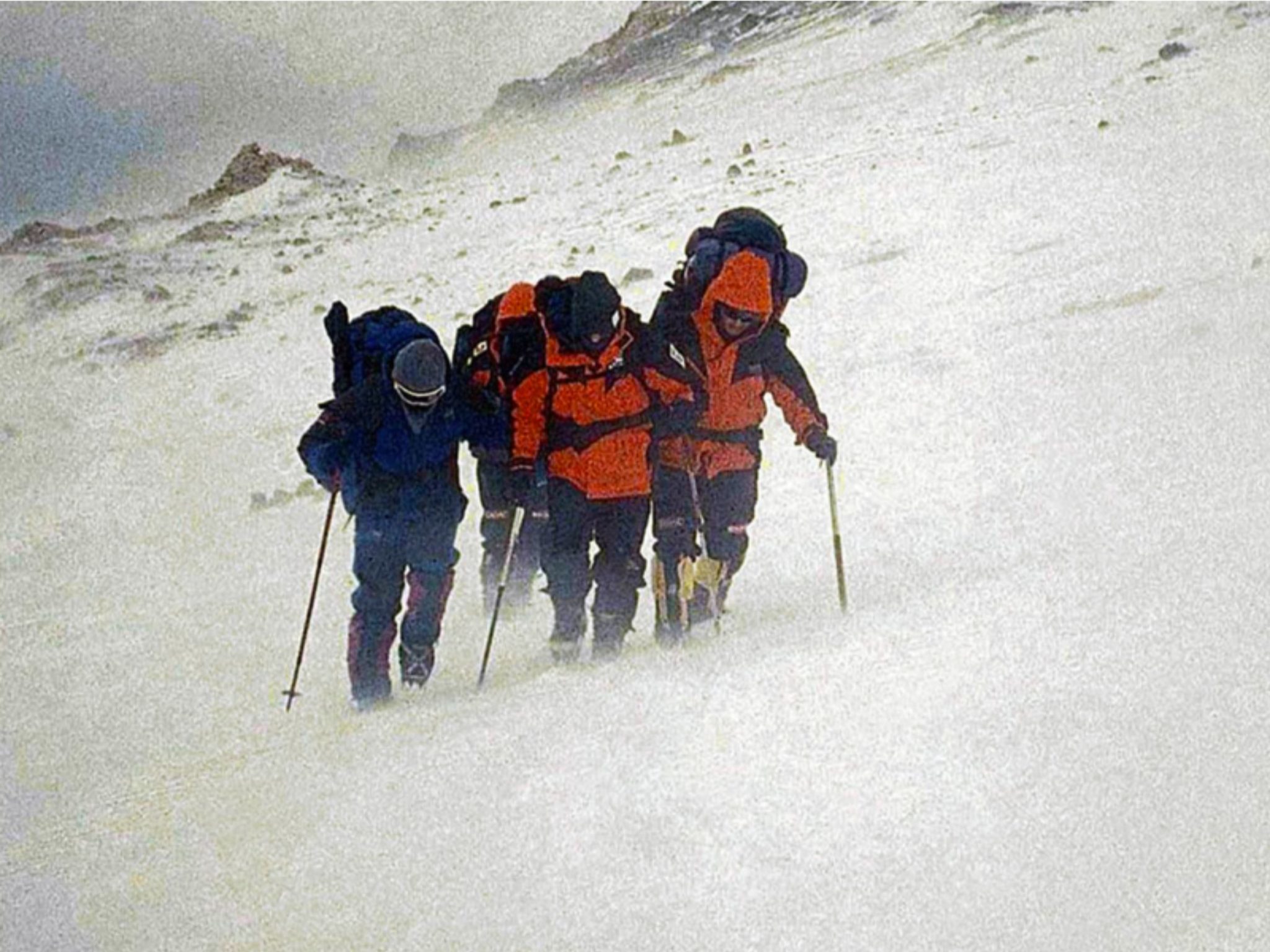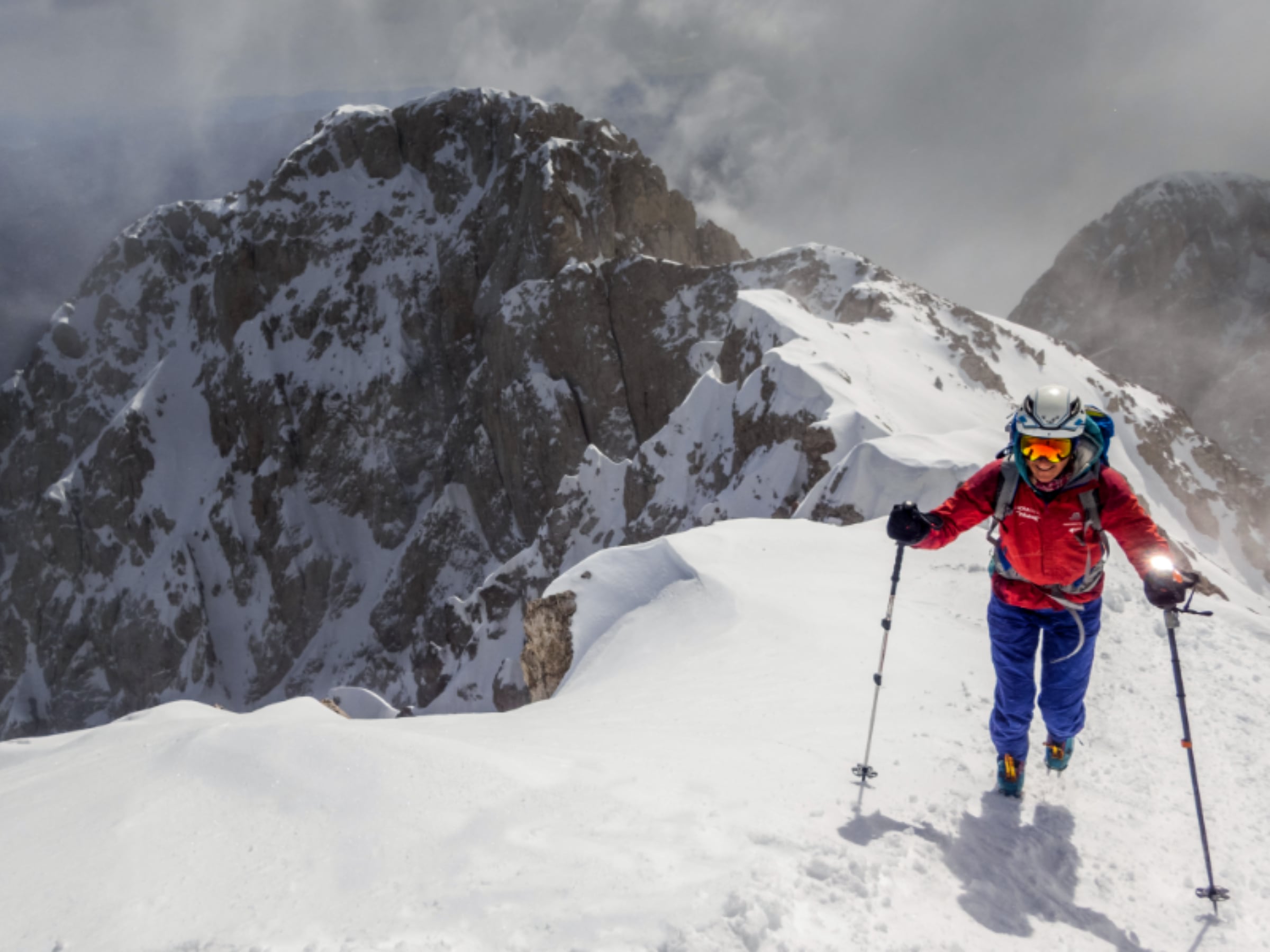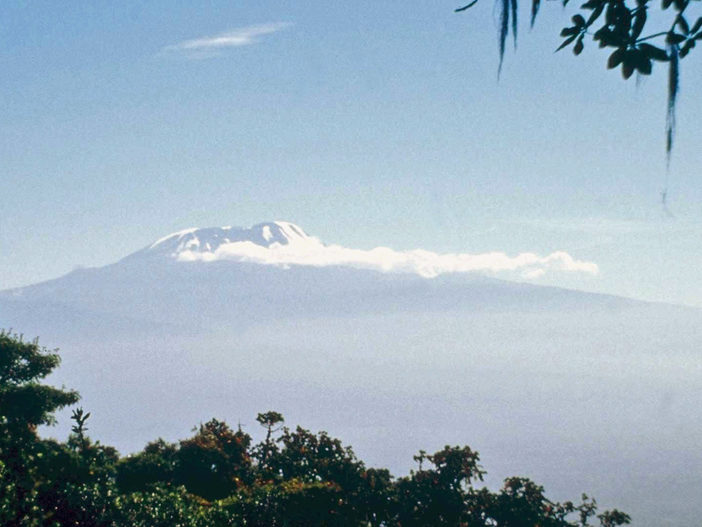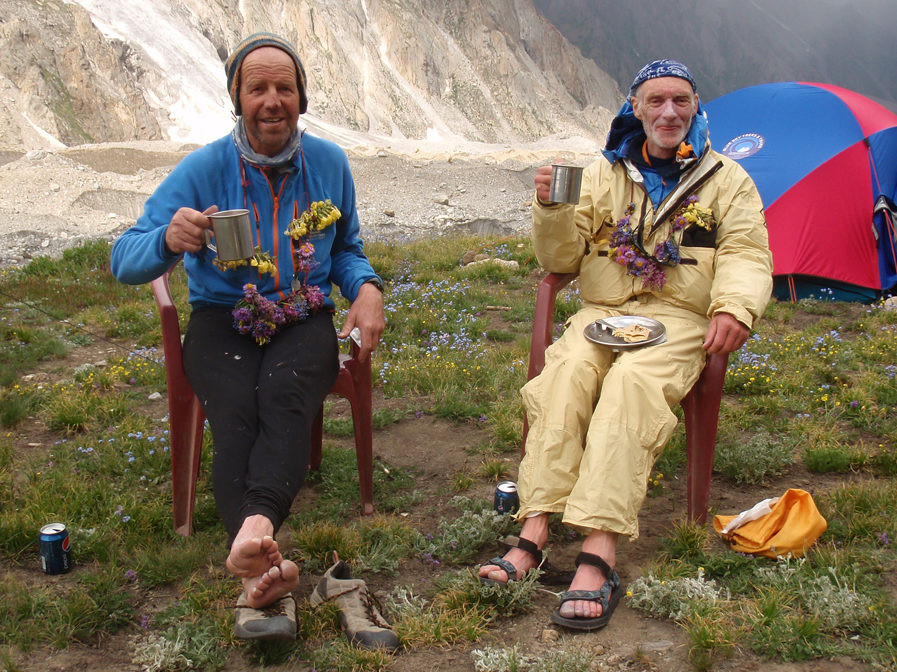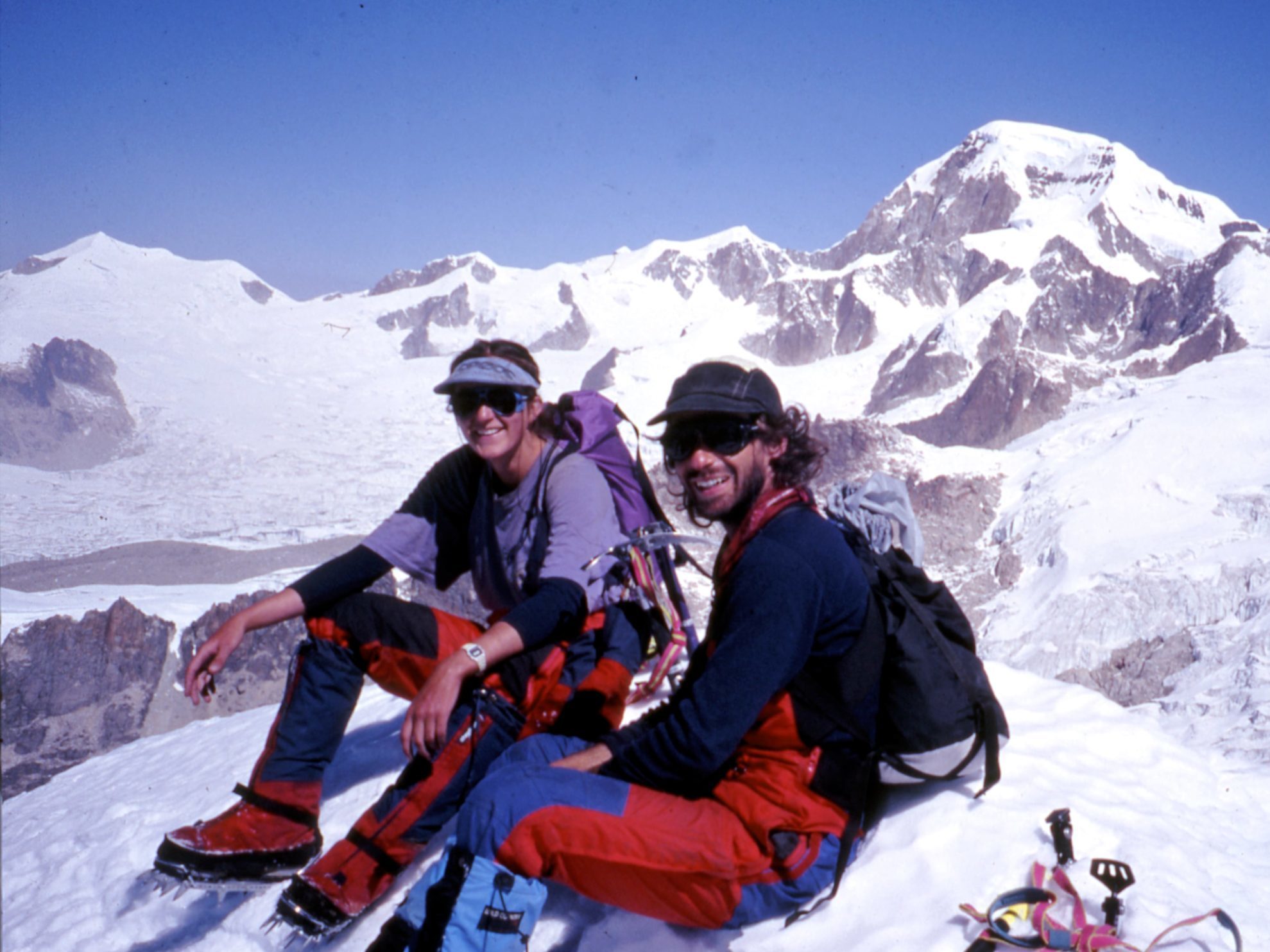In February 1998 I attempted Aconcagua by the standard route but turned back at Berlin camp to help less experienced team members descend in bad weather. In January 2000 I returned and reached the summit.
This extract from my book Just for the love of it describes part of the 1998 expedition:
At 6962 metres Aconcagua is the highest mountain in the Americas, in the southern and western hemispheres, and the second highest of the world’s seven continental summits.
We started up the rock slope that led to camp 1, at 5 200 metres. It was nothing more than a slog, an endless series of zigzags. A network of paths criss-crossed up the loose slope. Base camp sheltered in the valley head below us. A scattering of snow-capped mountains spread out to the west. Aconcagua is a deceptive mountain. It presents no technical difficulties on the normal route. In good weather, altitude is the only danger. Sometimes it is no more than a long walk up a gigantic scree slope. It has been said you can drive a mule up Aconcagua. As we walked up the slope we passed the skeleton of a mule. The dog that was accompanying us abandoned us for the pleasure of gnawing on the mule’s thigh bone. Higher up we were passed by a team bringing down a body. Eight people were killed on Aconcagua in the 1997/98 season. Judging mountains purely on technical difficulty is a dangerous thing to do. Mountaineering requires a far broader range of knowledge than simply rock gymnastics.
One of the most beautiful, most chilling sights on Aconcagua is a crystal disc of cloud moving in towards the summit. It is the notorious ‘white wind’ – harbinger of filthy weather. Within days of our arrival, the cloud was coming from the west. We were on Aconcagua at the tail-end of a season of particularly unstable weather. The Argentinean guides we were with said they had never seen the windows of good weather so short. We were racing against time, against the gradual onset of a natural force a million times more powerful than we were.
The time on the mountain was beginning to take its toll on our little group. Scott, an avid reader of adventure stories, was beginning to feel that adventure went down better on the pages of a book, when he was comfortably seated in an armchair with a cup of hot coffee. All the endless little discomforts that never get written about, being simply too boring – but which in fact fill up the majority of your hours in the wild – were eating away at him.
Gareth was also not feeling at one with the mountains. He was a son of the beach and the surf. He responded to the call of the sea waves, the powerful, fluid, ever-changing ocean. He found the cold, the starkness, the barrenness of the high mountains too foreign. It was as arid to him spiritually as it was visually.
Hennie was continually frustrated by his body. It simply could not keep up with his level of expectation. The other three were faring better. For Marlie this was just another challenge to be overcome, like any of the courses she had completed in her police training. She had the strength and the determination, but the passion seemed lacking.
Trevor and Andre were loving the experience, despite all the hardships. Trevor was slow to acclimatise and this is always demoralising. Nevertheless, he felt at home in the mountains, fulfilled just in being there, however high or low he might be on the slopes. Andre was coping well, enjoying the environment and thriving on the challenge. Where Trevor expressed his ups and downs, Andre always put a brave face on things.
Chased by oncoming bad weather, we were pushing hard up the mountain. Those acclimatising slowly had to fall by the wayside. When we reached camp 2, at 5 800 metres, the team was down to Ian and myself, the Argentinean guides, Andre and Marlie. It was a beautiful evening, clear blue skies above us but lines of high cloud to the west. We had a magnificent view from camp, across dozens of lines of mountains, like an ocean of umber waves with white caps. Andre and I ignored the bitter cold to stand at the rock edge, watching the sun sink into the cloud, into a fusion of gold and pink and purple. Everyone was keyed up for the next day, an early start and a long climb to reach the summit.
By the early hours of the following morning our tiny tent was rocking like a ship at sea, battered by brutal winds. At 5 a.m. I propped a head torch on Ian’s sleeping bag and pointed the camera at him. His voice barely cut through the shrieking wind. This was no weather in which to climb another 1 100 metres. We had to retreat.
The guides fought to take the tents down while we packed up the kit in a low wooden shelter, rather like a dog kennel, that stood nearby. There was little talk as chilled fingers battled with crampon clips. The winds swept randomly across the slopes, creating mini whirlwinds of snow. Lead grey cloud hovered just above our heads. The white wind was in the process of enveloping the mountain. We escaped below it for a few hours but it followed us down. Base camp was still calm when we reached it in the late afternoon, but that night the snow began to fall. We toasted the end of the expedition with champagne in plastic glasses. The noise of our celebration was deadened by the white silence outside. The snow was falling noiselessly, relentlessly.


